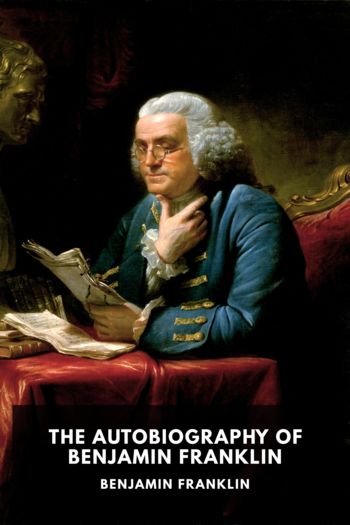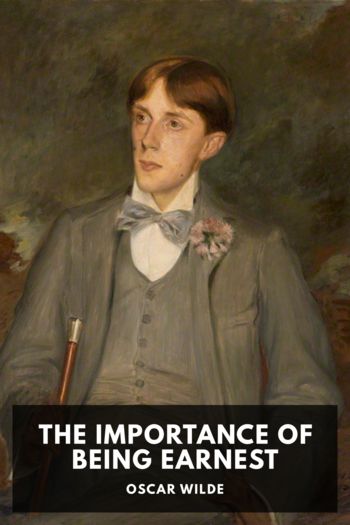Living History, Unknown [books to read in your 20s female TXT] 📗

- Author: Unknown
Book online «Living History, Unknown [books to read in your 20s female TXT] 📗». Author Unknown
Solving these problems was critical to the wellbeing of tens of millions of Americans and to our nation as a whole. But even so, we knew it was going to be an uphill battle.
For most of the twentieth century, Presidents had tried to reform our nation’s health care system, with mixed success. President Theodore Roosevelt and other Progressive leaders were among the first to propose universal health care coverage nearly a century ago. In 1935, President Franklin D. Roosevelt envisioned a national health insurance system as a complement to Social Security, the cornerstone of his New Deal. The idea went nowhere, owing in large measure to opposition from the American Medical Association, the lobbying group representing the nation’s doctors, who feared governmental control over their practices.
President Truman took up the cause of universal health care coverage as part of his Fair Deal and included it in his campaign platform in the 1948 election. He, too, was thwarted by well-financed and well organized opposition from the AMA, the U.S. Chamber of Commerce and others who opposed national health insurance on ideological grounds, suggesting it was linked to socialism and communism. Opponents also believed then, as now, that the existing system worked well enough as is, despite the paradox that the United States spends more on health care than any other nation yet doesn’t provide health insurance for everyone. After failing to overcome the opposition, Truman proposed the more modest―and practical―idea of providing health insurance for Social Security recipients.
During the 1940s and 1950s, labor unions bargained for health care benefits in the contracts they negotiated for workers. Other employers began offering these benefits to nonunion employees. This led to an extensive employer-based health care system in which insurance coverage increasingly was linked to one’s employment.
In 1965, President Johnson’s Great Society initiative led to the creation of Medicaid and Medicare, which provide federally funded health insurance for two underserved groups―the poor and the elderly. The programs serve seventy-six million individuals today.
Johnson’s effort, made possible by his landslide victory in 1964 and a huge Democratic majority in Congress, still represents the biggest health care success of the twentieth century and the realization of President Truman’s goal.
Funded by payroll contributions from workers, Medicare removed the worry for people over sixty-five by making them eligible for physician and hospital services. Although Medicare doesn’t cover prescription drugs―and should―it remains a popular and crucial service for older Americans, and its administrative costs are far lower than those of private health insurance companies providing coverage. Medicaid, the program that pays for care for the poorest Americans and those with disabilities, is funded jointly by the states and the federal government and is administered by the states according to federal rules.
More politically vulnerable than Medicare because the poor are less politically powerful than the elderly, it has been a godsend for many Americans, especially children and pregnant women.
President Nixon recognized the draining effects of health care costs on the economy and proposed a system of universal health care based on what’s known as an “employer mandate”: all employers would be required to pay for limited benefits for their employees.
Although as many as twenty different health care proposals were introduced in Congress during the Nixon Administration, no proposal for universal coverage got a majority vote from a congressional committee until nearly twenty years later, in 1994.
Presidents Ford and Carter―Republican and Democrat―also pursued reform in the 1970s, but they ran into the same political obstacles that had blocked change for most of the twentieth century. Over several decades, the health insurance industry had grown increasingly powerful. Many insurance companies opposed universal coverage because they feared it could restrict the amount they could charge and limit their ability to turn down high-risk patients. Some thought that universal coverage might sound the death knell for private insurance.
The historical odds were against Bill because attitudes about health care reform were diverse, even among Democrats. As one expert put it, opinions are “theologically held”―thus impervious to reason, evidence or argument. But Bill felt he had to show the public and the Congress that he had the political will to move forward and make good on his campaign promise to take immediate action on health care. Reform was not only good public policy that would help millions of Americans, it also was inextricably tied to reducing the deficit.
I shared Bill’s profound concerns about the economy and the fiscal irresponsibility of the prior twelve years, under the Reagan and Bush Administrations. Recent deficit projections by the Bush Administration camouflaged the real deficit by underestimating the effects of a stagnant economy, the impact of health care costs and federal spending on the savings and loan bailout. These costs had helped swell the projected deficit to $387 billion over four years―considerably higher than the estimate the departing Bush White House had released. But beyond budgetary concerns, I believed health care reform could relieve the anguish of working people throughout our wealthy country. As the wife of a Governor and now a President, I didn’t have to worry about my family’s access to health care. And I didn’t think anyone else should have to, either.
My experiences serving on the board of Arkansas Children’s Hospital and chairing a state task force on rural health care introduced me to problems embedded in our health care system, including the tricky politics of reform and the financial quandaries faced by families who were too “rich” to qualify for Medicaid but too “poor” to pay for their own care. Traveling around Arkansas in the 1980s, and then around the United States during the presidential campaign, I met Americans who reinforced my belief that we had to fix what was wrong with the system. Bill’s commitment to reform represented our greatest hope of guaranteeing millions of hardworking men and women the health care they deserved.
Bill, Ira, Carol and I walked out of the Oval Office, past the





Comments (0)